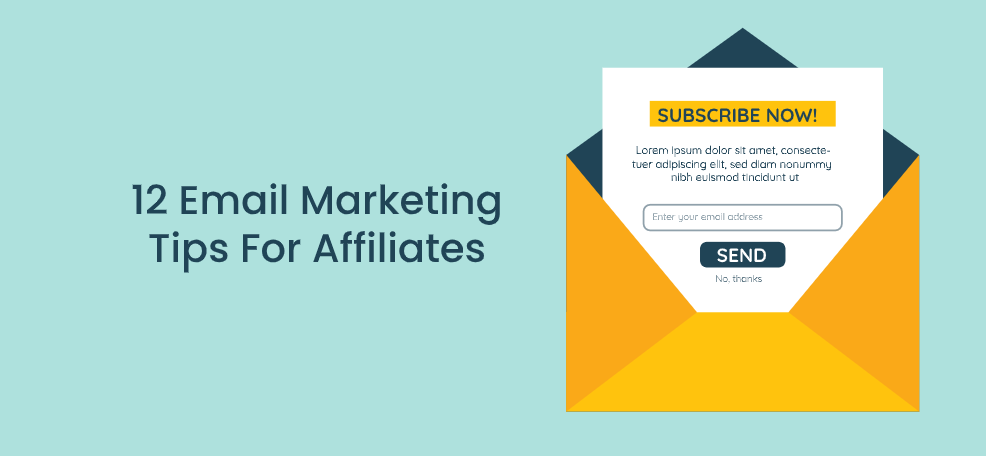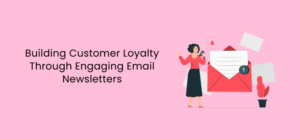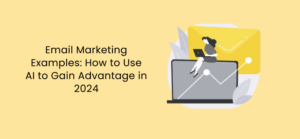You may have heard the phrase – the money is in the list. In case you are new to affiliate marketing, this phrase refers to the email list. Meaning, a big part of the online income as affiliates is hidden in the list of your email subscribers.
If you are just starting, rest assured that the phrase is true. Not only does the list provide you with many monetization opportunities, but it is also one of the few save havens online.
Facebook may ban your ads account, Google may change its SEO rules, but your subscribers will still be on your list no matter what.
In this post, we will have a look at several tips on how to achieve the best results with the powerful combination of email and affiliate marketing.
1. Get Inboxed
If you want your subscriber to read your email, you must make sure that they see it first. The quest for a high inbox rate has three parts, let’s have a look at them.
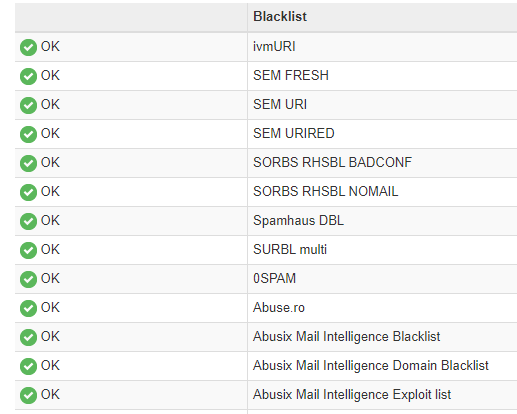
Domain. Make sure the domain from which you will be sending out your emails is not blacklisted. You may use tools like MxToolBox to check it. If you just purchased a domain, you will have no trouble. But if you are taking over an existing domain – make sure it was not a spam hub.
Platform. Use only the best email marketing services, they will protect you from spammy behavior and they have IPs that will increase your deliverability rate. These two things go hand in hand. The fact that the email platform may have some rules and limitations, ensures that it is a whitelisted sender. Be very careful with less known services.
Email. Too many links, or “spam triggering” words (casino, free money, viagra, etc.) will significantly increase the spam flag probability.
Keep these three categories in check, and your chances to reach the inbox will notably improve.
2. Build Trust and Authority
When you begin to get good amounts of new subscribers, it is very tempting to start selling straight away. You are already counting in your head that 1000 new subscribers a month with 1% conversion x affiliate commission = a great addition to your business.
Do not do that.
Sure, in some fast-paced funnels you can start pushing affiliate links straight away, but your list will lose interest quite quickly and the open rate will plummet.
A more profitable strategy is also a long-term one. Send a couple of emails with real value. Make your subscribers see you, as an authority in the field. If you provide real value in the first email, there is a much higher chance that the same subscriber will also open the second and the third ones.
What may seem like basic knowledge to you, maybe immensely valuable to a newcomer? This building of authority may be as simple as sharing some valuable tips in the email to more complex tasks like organizing an event with the use of a webinar platform for your subscribers. You may check the best webinar software in the market today.
When your authority is built and the trust is established (since you provided real value for quite some time now), you may start asking your followers to make a purchase or to check-out a service that you like. The percentage of the ones who will do so will be notably higher.
3. Plan Your Sales Funnels
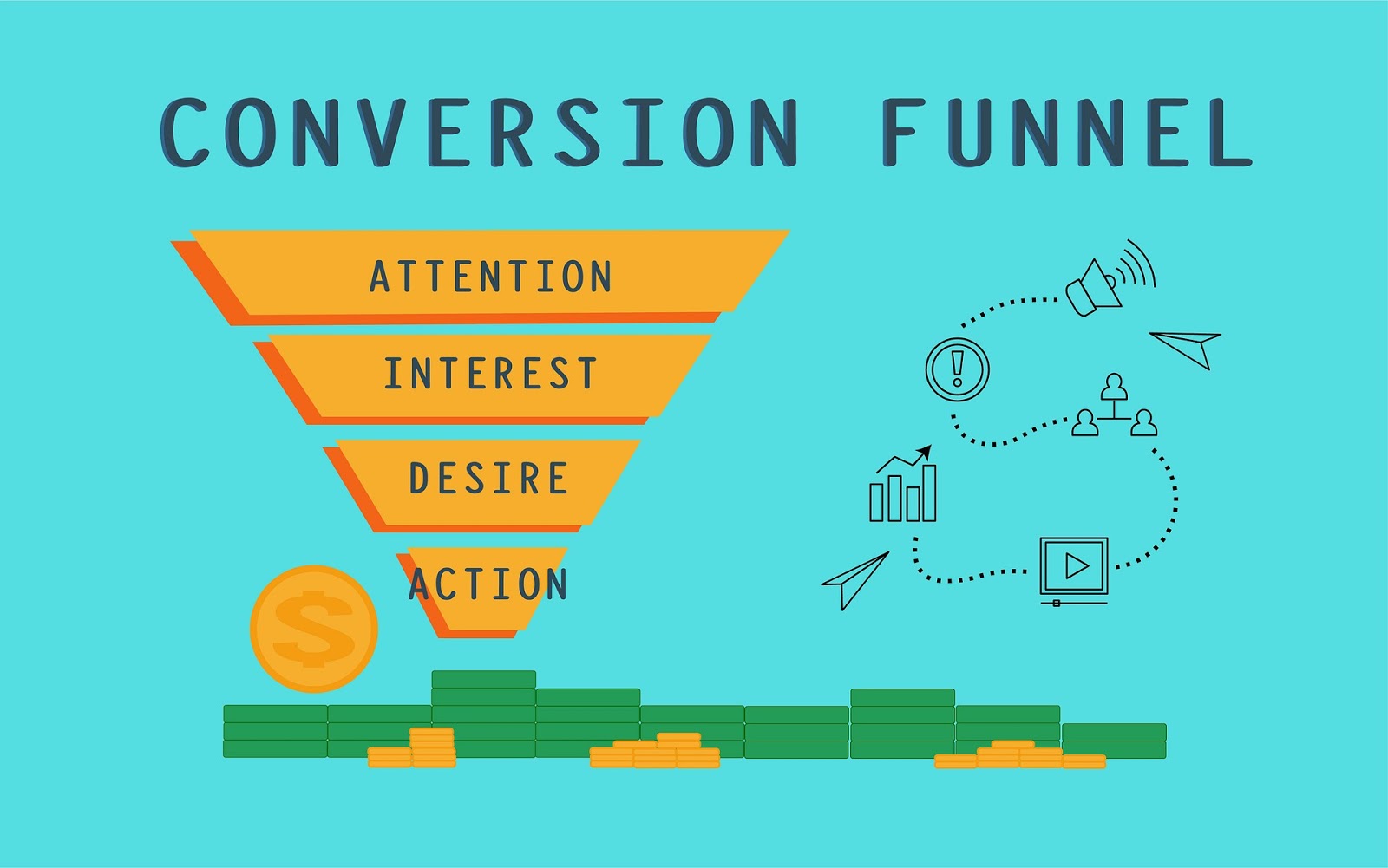
In continuation of the previous section – plan your funnel. Make sure to have a roadmap of how your email sequence will look like. What will the subscriber receive right after they put the email in? What will they receive tomorrow? What content is planned for this week?
You do not have to prepare half a year’s worth of emails, but make sure that at least 1 week of content is there. So let’s say around 3-5 emails, depending on your business niche.
This email chain will allow you to establish authority and trust with your subscribers, as they will receive valuable information right from the moment they subscribe. Nobody will have to wait for you to sit down and write an email.
In this sequence, you will also have an opportunity to plan what and how you plan to sell to your audience. Depending on which of the profitable niches you are in, the monetization strategy should already be in place when writing the chain of emails.
4. Personalize Your Emails
All the good email marketing platforms will allow you to personalize your emails. To do so, you must ask for a personal piece of information when visitors are opting in. Do not overdo it, ask just for that info that you need. In practice, it will probably be just the first name,
Keep in mind that with every new field that you will ask your visitors to fill, the overall opt-in rate will decrease. In many cases, you will see the form asking just for the email.
Personalization is not only about saying “Hi Steven” at the beginning of the email, it is also about the content, seasonality, upcoming holidays, etc. During the COVID pandemic, a lot of emails that were flying around were mentioning illness and potential business problems that it may cause.
It is not that the sender would care that much about our wellbeing, it is there to establish rapport and find a relatable problem – further establishing a relationship with the readers.
5. A/B Test Everything
It may seem that the new headline that you’ve just sent out is blowing everything else out of the water. So you cross out headline optimization from your list of tasks and that is that. Wrong.
There is always space for improvement. When I first got a 12% open rate average many years ago, I thought that it could not get any better. I left it running for some time, later I read a post about headline tips, made a couple of changes, and transformed that 12% into 25%. There is always space for improvement.
When A/B testing, do not be afraid to test a couple of setups that are completely different. Changing “Hi” do “Dear” will not do much in terms of conversion. But changing the whole narrative of your email – will do a lot.
Have a “gladiator approach” to your testing. Have two templates, choose the best one, and keep using it until a different template performs better, and so on and so on. In a couple of months, you will go through many variations but with each round, your emailing metrics will improve
6. Ask For Action
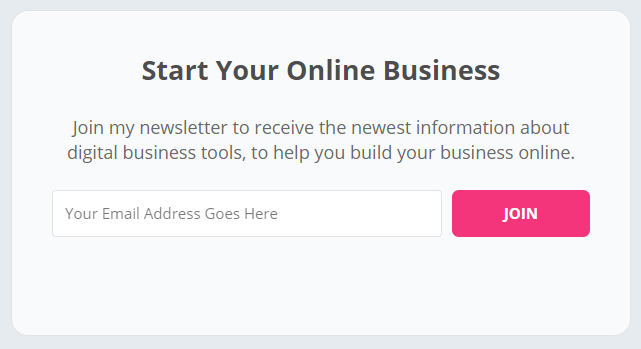
If you want something, do not be afraid to ask for it. When you want your subscribers to click somewhere, fill a form, or do any other kind of action – ask them to do it.
Do not rely on them figuring it out, or softly suggesting it somewhere at the end of the email. Be blunt about it. Make the call to action very clear and repeat it several times through the body of your email (depending on its length of course).
Being clear, transparent, and honest about your intentions will always benefit you in the long run.
7. Do Not “Over-Email” Your List
If your subscribers submitted their email for a promise of an “Intensive 5 days course on creative writing” sure thing, go ahead and send an email a day. But In the vast majority of cases, you will not benefit from these tactics. If you promised your subscriber that you will send a link to a downloadable report, send it immediately but do not bombard your followers with emails. The only thing that you will achieve is that you will be marked as spam and people will unsubscribe.
That being said – if you send a welcome email and the next email will go out in 5 weeks, nobody will remember who you are and why they are receiving your email. It is all about finding the right balance.
The final sending frequency will depend on the type of business you are running. For instance, you would email B2B clients less frequently than B2C.
Keep in mind that as your email marketing plans develop, it may happen that a group of subscribers will be in several email lists of yours. This has to be under control, as it would be counterproductive if you would send a whole list blast, a special product blast, and a holiday email to one subscriber on the same day.
8. Leverage The Exit Page
Many marketers completely ignore the use of the Unsubscribe page, that is a mistake. To keep your list constantly growing you must make sure that there are sufficient inflow and minimal outflow, subscriber retention plays a major role here.
If somebody from your list decides to unsubscribe, they will click an appropriate link in your email and that will take them to the unsubscribe page where they will confirm that they would like to be removed from the list.
This exit page is the last opportunity to persuade your follower to stay with you. Most marketing automation platforms will allow you to customize that page.
Try informing them about a new piece of content that you have in mind, or promise that your subscribers will receive a discount for lessons that you are now creating on one of the online course platforms. Or you can move the ones that clicked “unsubscribe” but did not finalize the action, to the list which you will not email so frequently.
Just do what is relevant to your business niche to make sure that subscriber reconsiders.
9. Expand The List From Within
When it seems that all the parts of a successful email marketing side of your business are in place, consider using an unorthodox approach to growing your list. For instance, strategies like the use of referral marketing may be both valuable additions to your content flow and also can generate new subscribers.
The idea behind the referral contests or giveaways is very simple. You promise your audience something in return for action from them – in this case, that somebody submits their email through a unique subscriber link (or just ID).
10. Talk to your Affiliate Manager
Do not hesitate to contact your affiliate manager and ask which are the top 5 campaigns for email traffic. Usually, you will receive a couple of tips saying that these particular ones are performing well with email lists of various types.
If you show good volumes, you may also contact a person responsible for that affiliate program (within the actual company) and ask for a special offer for your subscribers. In many cases you will be able to get a bonus that you can present to your list, giving you both more authority and conversions.
It is always a good idea to keep in touch with your affiliate manager. Particularly so if you are building a big part of your sales funnel around a single product or offer. You may receive better commissions with volume, or be informed on time that the offer will be switching off. Therefore giving you enough time to find a substitute.
11. Tag and Group Your Subscribers
Most of the good emailing platforms will allow you to mark, tag, and group your subscribers based on the action that they chose.
Do you have two different forms with vastly different value propositions? Make sure you can differentiate between subscribers who opted in through form 1 vs form 2.
Did you send an email asking your subs to click on a link? Consider tagging the ones who did and the ones who did not.
Was there a CTA to purchase a product? Tag the ones who completed the purchase and the ones who did not.
This will allow you to use more strategies than just sending one message to the whole list. For example, subscribers that already made a purchase may want to have a look at your more high-end products. Or a product that is complementary to what they already bought.
The group of subscribers who did not take action may need a bit more time before they make their decision. Consider sending them a special offer, so you can convert those who were on the fence.
12. Have Future In Mind
When you look at most of the top affiliate marketers, you will find one common denominator. They all create their own products. The logic behind that is simple.
You make a small profit per visitor with ads, a bit bigger profit per visitor through selling products of others, and the maximum profit per visitor when you start selling your own product.
At some point in your affiliate marketing career, you will decide that you do not want to serve as a gateway for qualified leads that help to grow the businesses of others and decide to do it all for yourself. This is when your email list will shine.
First of all, at that point, you will have a notable amount of email subscribers who are with you for some time now and are ready to consider anything that you have to sell.
But maybe even most importantly – you will be able to find those who will want to promote your product. That way you are starting your own affiliate program and becoming an advertiser. Now you are on the other side of the business.
The opportunities with your products are endless since you have full control of every aspect of it. When building your list, have long term goals in mind. So the transition will be seamless for your email subscribers.
Conclusion
There is one bonus tip, possibly the most important of them all – stay consistent. At the first glance, email affiliate marketing may seem simple. You grow a list and start sending offers to it, right? You will soon discover that each part of this approach has a lot of various intricacies and details you need to attend to.
It will take a lot of time and energy before you get there. But when you will, it is a feeling like only a few others.
About the Author
Vlad Falin is a founder and blogger at costofincome.com, where he writes about starting an online business and digital marketing tools.
